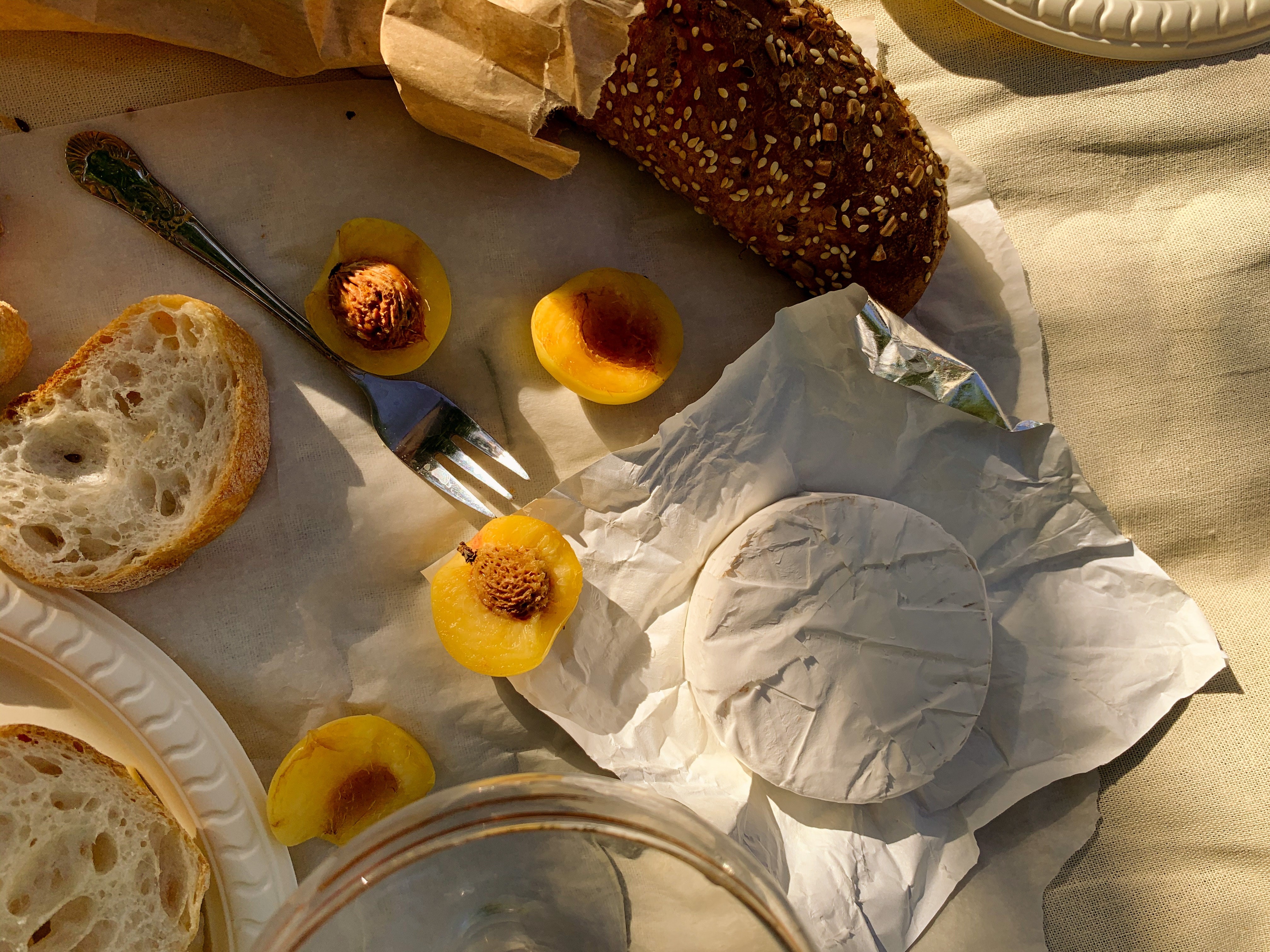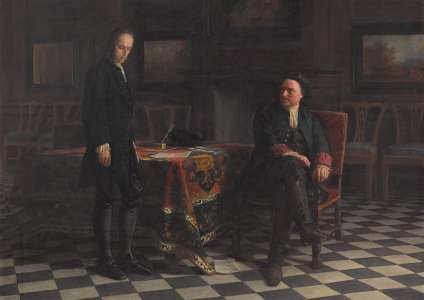Basics of composition in photographs
Published: 10.09.2021

Nowadays, almost everyone has a camera in their smartphone and takes photos. But not everyone with a camera is considered a photographer. Most of the photos do not evoke an emotional response, they are not desired to be looked at for a long time, but rather there is a desire to quickly scroll or close them. To take good photos, you need to understand the basics of photography, correctly choose lighting, and build composition. The art of photography needs to be learned. Even knowing the basic techniques and rules, it is not always possible to take the perfect shot. Let's consider what composition is in photography and what needs to be taken into account to make the photos look good.
How to frame a shot correctly
Composition is the harmonious arrangement of elements in a photograph. There are composition rules that can help improve a shot. Let's consider 10 techniques that will help you become a better photographer, learn to compose a frame faster, and capture interesting moments.
Golden ratio rule
This rule is also known as the rule of thirds. It is based on how the human eye perceives any image. The gaze typically moves from the top left corner of the photo to the top right corner and then down to the bottom right corner.
If you divide the frame into nine equal parts, the greatest attention will be focused on the intersection of the lines. This is where you should place the main subject of the photo that you want to draw attention to.
For example, if you are taking a full-length portrait of a person, the face should be positioned at the intersections of the squares.
Cameras automatically divide the frame into equal parts, all you have to do is properly position the image.
In portrait photography, place the eyes at the left upper point of intersection lines. If you are shooting a landscape, position the horizon line closer to the lower third of the frame to emphasize the sky. To draw attention to the water or land, shift the horizon closer to the upper edge.
The rule of diagonals
It consists in placing objects along the diagonal, their perception will be enhanced. To achieve an ascending composition - place objects in the photo diagonally from the bottom left corner to the top right. The descending composition is built from the top left corner of the image to the bottom right. An ascending diagonal in a photo creates an impression of dynamics and movement, while a descending one demonstrates stillness and tranquility.
Law of equilibrium
This is achieved by placing similar or symmetrical objects in the photo. For example, if there is a bright accessory in a woman's clothing in the photo, for harmony, you need to add another bright item. For instance, if the model is holding a yellow umbrella, add yellow shoes or a scarf that will match the shade of the umbrella.
Excluding the unnecessary
Minimalism is in fashion today. It is popular in interiors, painting, clothing, and accessories, and has become widespread in photography. Remove from the frame everything that is unnecessary and will only distract from the main subject. For example, take a portrait against a neutral solid background. If there is a colorful or bright background behind, it will only interfere and distract from the model's face.
If you are taking photos indoors, remove all trash and unnecessary items. Agree that even if there is a beautiful girl in the photo, and there is a mess in the apartment behind her, the impression of the shot is instantly ruined.
Cool photos deserve an unusual framing. Print your cool photos in a polaroid style. Fans of instant photography from the 90s can experience familiar feelings by holding a photo in the style of Polaroid. Those who are not familiar with traditional Polaroid will enjoy square images with space for captions.
Depth of field
The composition of the photo will vary depending on the depth of field setting. With a shallow depth of field, the object can be isolated from the foreground or background. With a large depth of field, more attention can be focused on the subject of the shot.
Choosing the right distance
Some photographers use zoom to get closer to the subject of the shot. However, as a rule, photos turn out better without zooming. During a photo shoot, the photographer will have to constantly move around, get closer or further away from the subject in the frame. Don't stand still, find the perfect distance and angle.
Color balance
The choice of colors significantly influences the perception of a photograph. Bright colors create mood and dynamics, light shades give a feeling of lightness and airiness, while green and blue colors have a calming and soothing effect. Make sure that the colors in the frame complement each other. For example, if a model is wearing a yellow dress, avoid photographing her against a red background, as there will be an overload of bright shades in the frame. And if a girl is wearing white, do not photograph her against a white background, as she will blend in with the background and the image will lack contrast.
Choice of perspective
By taking photos from different angles, you can show familiar things in an unusual perspective. Lie on the floor, climb to a height, boldly turn the camera. Sometimes the best shots happen by accident, just change the point of view. Objects appear smaller with distance, the smaller you want to show the object in the shot, the further away from the camera it should be. If you are photographing two people with a significant height difference, place the taller person in the background. This way, you will smooth out the height disproportion and your shot will look more harmonious.
Do not crop the frame
Cropping is a popular technique in photography, but it's better to capture everything that should be in the frame from the start, rather than cropping out unnecessary parts later. Try to compose your shot correctly from the beginning and avoid including unnecessary details that will need to be removed later. This will make your photo more harmonious and reduce the time spent on post-processing.
Many people intuitively choose the right composition without even suspecting the existence of the rule of the golden ratio or the rule of diagonals. But if you want to improve your professionalism, consider recommendations on composing a composition, listen to the experience of professional photographers, and do not repeat others' mistakes. And when you learn to take excellent photos, print a Light album as proof of your photography skills.









